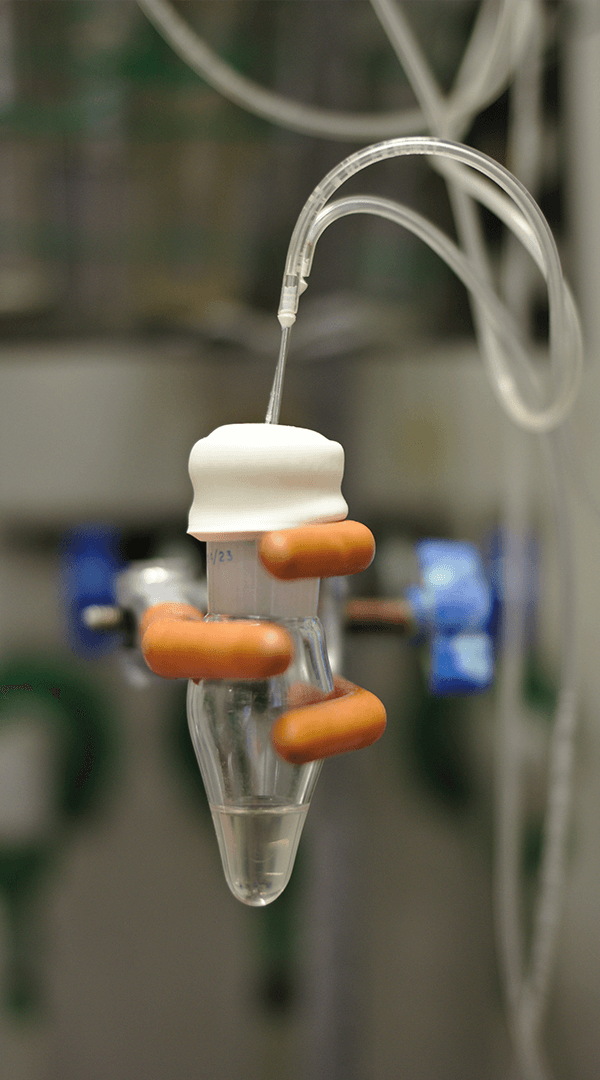Company News
ALLpaQ Achieves EcoVadis Gold: A Milestone in Our Ongoing Sustainability Journey
We’re thrilled to announce that ALLpaQ has been awarded EcoVadis Gold – a globally recognised benchmark that places us among […]
Jun 12th, 2025

ALLpaQ Achieves EcoVadis Gold: A Milestone in Our Ongoing Sustainability Journey
Jun 12th, 2025
A bottleneck typically leaves us bashing the steering wheel in frustration. Now it would seem traffic flow in the downstream processing sector is being impeded when it comes to the recovery and purification of protein therapeutics for biologicals.
Those driving decisions in biopharmaceutical manufacturing say they’ve happened upon an array of downstream processing roadblocks during their travels.
These include:
A glance in the rearview mirror shows downstream processing as a leading biopharmaceutical manufacturing trend during 2013. This pattern looks set to continue down the road ahead.
It’s understandable then, that those tasked with decision making in downstream processing are concerned about the strategic repercussions triggered by this wave of operational efficiencies washing over their upstream counterpart.
Data from BioPlan’s Annual Report brings statistical weight to this assertion. According to the report, three in four facilities are experiencing capacity bottlenecks in downstream processes.
It’s not all bad news, though. Statistics generated by the report appear to suggest a decline in more serious bottlenecks. Of the respondents asked:
The short term concerns orbiting the issue of bottlenecking are, for the most part, centred on downstream purification and the immediate capacity constraints.
What about the long term strategic impact, though? When we look down the road, the ensuing operational problems become more varied and specific to a site’s own systems.
Have you encountered any issues specific to your site? What process changes are needed to bring balance to your operations, suppliers and technologies involved in the downstream supply chain?